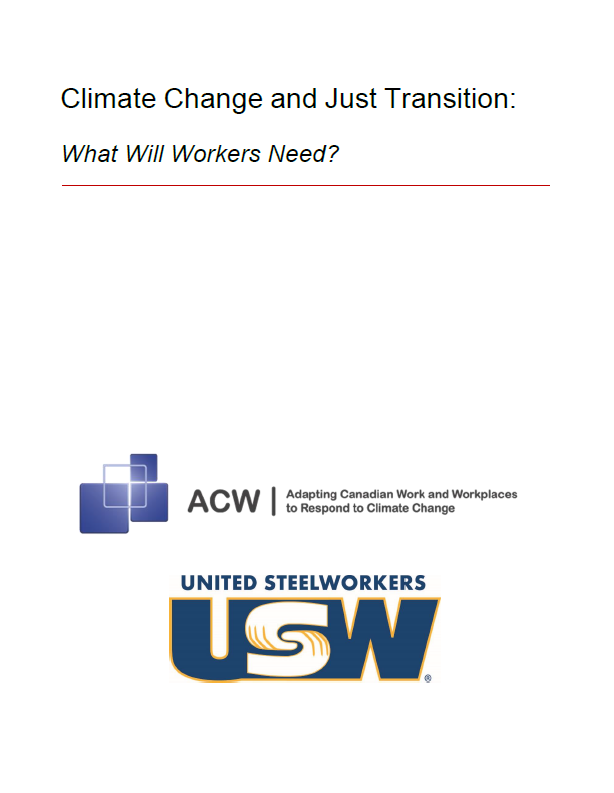You are here
labor and environment
The Fine Print I:
Disclaimer: The views expressed on this site are not the official position of the IWW (or even the IWW’s EUC) unless otherwise indicated and do not necessarily represent the views of anyone but the author’s, nor should it be assumed that any of these authors automatically support the IWW or endorse any of its positions.
Further: the inclusion of a link on our site (other than the link to the main IWW site) does not imply endorsement by or an alliance with the IWW. These sites have been chosen by our members due to their perceived relevance to the IWW EUC and are included here for informational purposes only. If you have any suggestions or comments on any of the links included (or not included) above, please contact us.
The Fine Print II:
Fair Use Notice: The material on this site is provided for educational and informational purposes. It may contain copyrighted material the use of which has not always been specifically authorized by the copyright owner. It is being made available in an effort to advance the understanding of scientific, environmental, economic, social justice and human rights issues etc.
It is believed that this constitutes a 'fair use' of any such copyrighted material as provided for in section 107 of the US Copyright Law. In accordance with Title 17 U.S.C. Section 107, the material on this site is distributed without profit to those who have an interest in using the included information for research and educational purposes. If you wish to use copyrighted material from this site for purposes of your own that go beyond 'fair use', you must obtain permission from the copyright owner. The information on this site does not constitute legal or technical advice.





 As Trump slashes and burns his way through environmental regulations, including the Paris Accord, he continues to bet that political polarization will work in his favor. Not only are his anti-scientific, anti-environmentalist positions firing up some within his base, but those positions are driving a deep wedge within organized labor. And unbeknownst to many environmental activists, they are being counted on to help drive that wedge even deeper.
As Trump slashes and burns his way through environmental regulations, including the Paris Accord, he continues to bet that political polarization will work in his favor. Not only are his anti-scientific, anti-environmentalist positions firing up some within his base, but those positions are driving a deep wedge within organized labor. And unbeknownst to many environmental activists, they are being counted on to help drive that wedge even deeper. There’s a right and a wrong way to debunk the right-wing myth about jobs and the environment. As a refresher, here are the basics of that myth: Jobs in the extractive industry are an invaluable engine of job creation and a key driver of economic growth. People concerned about the environment want to kill projects, like the Keystone XL and Dakota Access pipelines, that would provide jobs and help stimulate the economy.
There’s a right and a wrong way to debunk the right-wing myth about jobs and the environment. As a refresher, here are the basics of that myth: Jobs in the extractive industry are an invaluable engine of job creation and a key driver of economic growth. People concerned about the environment want to kill projects, like the Keystone XL and Dakota Access pipelines, that would provide jobs and help stimulate the economy.
 March 20, 2017 —
March 20, 2017 —  More jobs:
More jobs: Tackling climate change is good for the economy, good for business and good for people. This is the narrative often pushed out by campaigners, researchers and governments around the world.
Tackling climate change is good for the economy, good for business and good for people. This is the narrative often pushed out by campaigners, researchers and governments around the world. THE NORTH Dakota governor and the Army Corps of Engineers have ordered the Standing Rock Sioux and their supporters to clear out of the tent camps they've set up to stop construction of the Dakota Access Pipeline (DAPL).
THE NORTH Dakota governor and the Army Corps of Engineers have ordered the Standing Rock Sioux and their supporters to clear out of the tent camps they've set up to stop construction of the Dakota Access Pipeline (DAPL). Alberta has a meaningful plan to enable the growth of a clean energy industry, with commitment to 30% of electricity generated by renewable sources by 2030, and phasing out pollution from coal-fired generation. A portion of the anticipated revenues from the province’s economy-wide carbon levy will be used to enable these efforts. This provides a great opportunity for sustainable employment growth in the clean energy sector. This is in line with the global trends of declining investment and employment in the coal industry, while investment and employment in the renewable sector expands.
Alberta has a meaningful plan to enable the growth of a clean energy industry, with commitment to 30% of electricity generated by renewable sources by 2030, and phasing out pollution from coal-fired generation. A portion of the anticipated revenues from the province’s economy-wide carbon levy will be used to enable these efforts. This provides a great opportunity for sustainable employment growth in the clean energy sector. This is in line with the global trends of declining investment and employment in the coal industry, while investment and employment in the renewable sector expands.